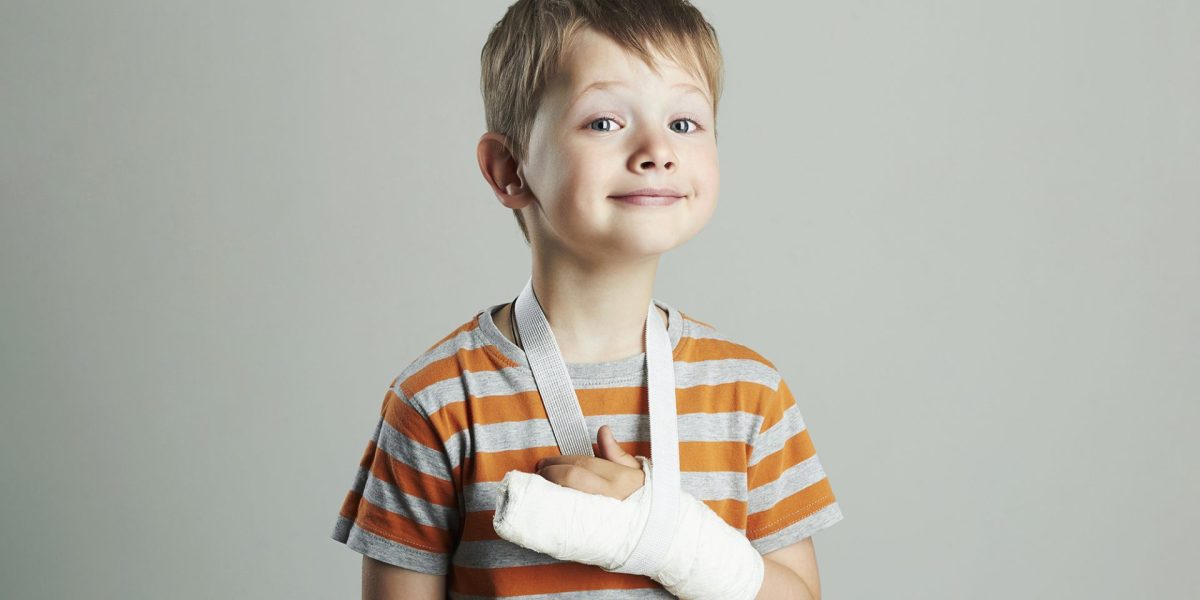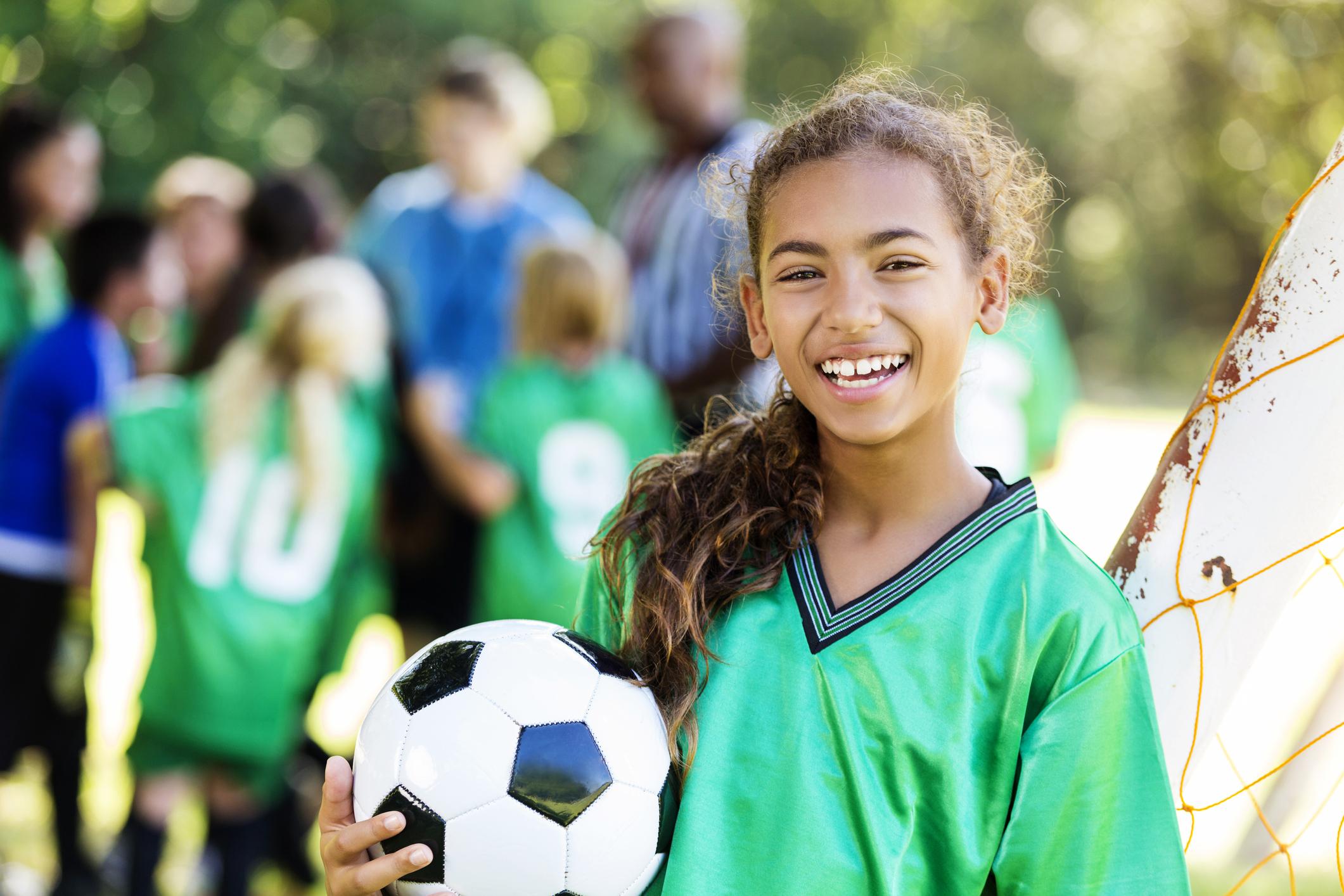Sports-related injuries are acute or chronic injuries that affect elite and amateur athletes alike. Many of these injuries tend to stem from minor trauma to muscles, ligaments, and/or tendons, according to Massachusetts General Hospital.
One cannot predict when a sports injury will occur, but assessment and treatment are important to recovery and getting back in the game. Here’s a look at how athletic/sports-related injuries are assessed and treated.
Use the “ABCDE” method for addressing an injured person’s conditions
At the time of the injury on-field, the medical team should assess for consciousness and extremity motion. An evaluation of the athlete should start with a standard “ABCDE” protocol:
- AIR: The first step in this process is the checking if air is moving in and out stabilizing the neck and spine in the neutral position
- BREATHING: Check the injured person’s breathing for obstruction, respiratory rate, labored breathing, and uneven chest rise
- CIRCULATION: Evaluate a person’s ability to circulate blood by finding a pulse or by checking a different location.
- DISABILITY: Determine the person’s neurological ability including consciousness and alertness
- EXPOSURE and ENVIORNMENT: Finally, assess if the environment is a danger to the injured athlete’s condition and limit exposure to elements like the cold or wind.
How patients can address their own sports injuries
Self-treatment: An athlete may not be able to administer self-treatment depending on the nature of an athletic or sports-related injury. Athletes may try the P.R.I.C.E method (Protection, Rest, Ice, Compression, and Elevation) to self-treat an injury ASAP.
An athlete should also try and protect injured tissues by applying a brace, for example, and by resting the injured limb frequently. Compression in the form of gentle pressure can help to decrease swelling. Elevation limits blood flow to the injured area, helping to minimize swelling, pain, and discomfort.
Medication: Certain forms of medication can help to alleviate symptoms of athletic/sport injuries. Acetaminophen, aspirin, ibuprofen or naproxen can be used to reduce pain and inflammation if taken as directed.
Rehabilitation: An important part of treating sports injury is rehabilitation. It can involve routine reconditioning treatment and personalized, targeted exercises to help you return to pre-injury or normal function.
How athletic/sports injuries are assessed and treated is key to recovery and getting back to top performance. Initial assessment and the course of treatment should not be short-changed if an athlete is to return to top form.


